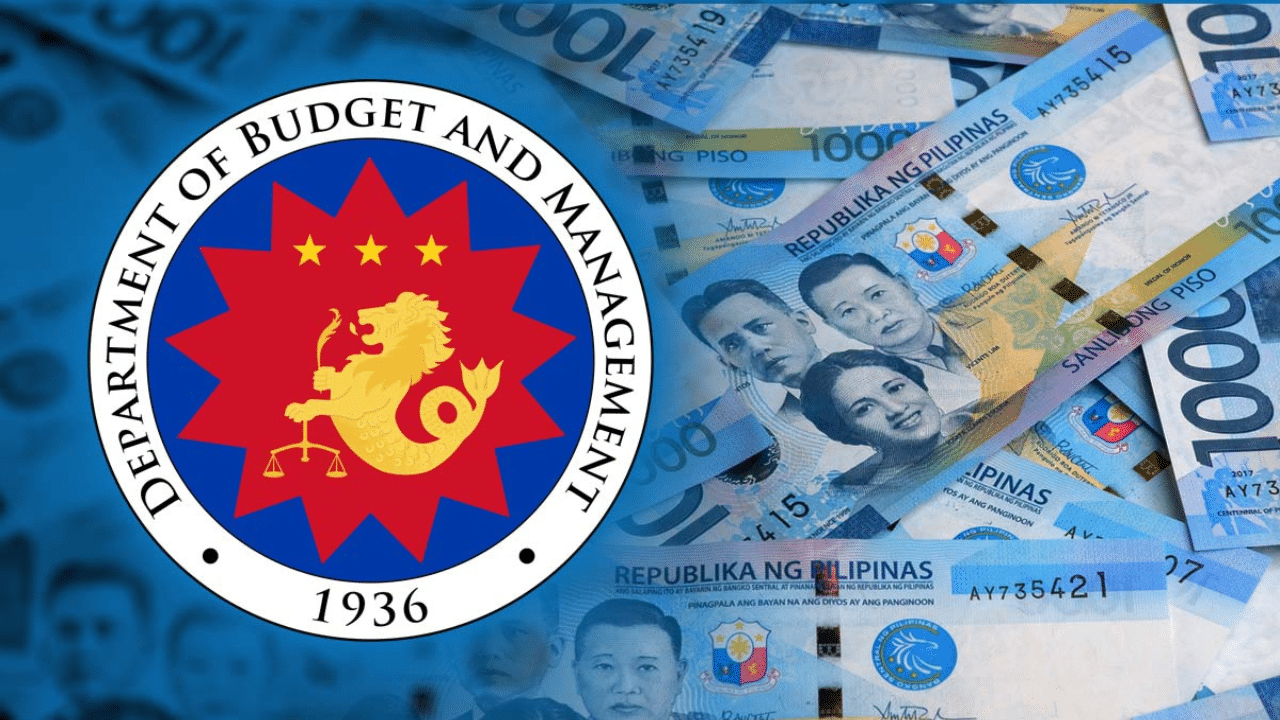Bussiness
How do small, independent motels stay in business? – Marketplace

This is just one of the stories from our “I’ve Always Wondered” series, where we tackle all of your questions about the world of business, no matter how big or small. Ever wondered if recycling is worth it? Or how store brands stack up against name brands? Check out more from the series here.
Listener Robert Paul asks:
How do small, independent motels stay in business?
National chains like Best Western and Motel 6 loom large over highways across the country.
Most hotels are franchised out these days, but as of 2022 about a third of hotels were completely independent, according to the market data company STR.
Motel operators are feeling the sting of inflation, just like any other business owner. Expenses are rising while travelers cut back on discretionary spending. The occupancy rate for economy hotels was down 3.4% annually during the first five months of 2024, the travel industry site Skift reported.
But despite these challenges, motel owners tend to succeed when their property is located in a prime location with little competition and they receive help from their community. They’re also strict on operational expenses like staffing and amenities, which helps keep costs down, and attract customers with affordable rates.
Without any prior motel experience, Joel Gunnlaugsson and his wife purchased The Townliner Motel from his uncles for about $435,000 back in 2015.
“We didn’t know jack squat about it, but the opportunity was right. We were young enough and we jumped in,” Gunnlaugsson.
The motel sits on Washington Island, Wisconsin, where only about 1,000 people live year-round. But during the summer months, up to 5,000 people visit the island’s beaches, parks and museums, Gunnlaugsson said. The Townliner Motel is within walking distance.
“We got a great location because people can just park their car and walk down the street and enjoy dinner and have a cocktail, go to a coffee shop, go to a few gift shops,” said Gunnlaugsson, who’s also captain of the Washington Island Ferry Line.
Location is key to a motel’s success. They’re often located off highways, near tourist attractions or in rural areas with little lodging, said Makarand Mody, an associate professor of hospitality marketing at Boston University.
They’re also cheaper than the comopetition. The Townliner charges $95 a night for one person and $109 for double occupancy. A one-night stay at an Airbnb on Washington Island can cost more than quadruple that, while listings on Expedia show that lodging near the island costs between $250 and $330 per night.
Many successful motel owners receive support from their community. Gunnlaugsson has lived in the area his entire life, and his uncles, the prior owners, built a customer base over decades. Gunnlaugsson said strong word-of-mouth and help from his network have grown the business 35%.
Community ties have especially helped one specific group thrive in the motel industry since the 1940s: Indian Americans.
In his 2012 book “Life Behind the Lobby,” Pawan Dhingra found Indian Americans owned half of motels in the U.S. As of January 2022, Asian American Hotel Owners Association members owned 59% of independent hotels in the U.S., or more than 13,000 properties, said Kamalesh Patel, vice chairman of the AAHOA.
“Everything I’ve learned from the industry is not from books and schools. It’s all hands-on through watching my parents run properties, watching my aunts and uncles run properties,” Patel said.
Family often gives budding hoteliers practical tips for building the business.
“Where to buy these carpets, where to do this, where to do that – all that stuff makes a difference,” Dhingra said.
And if you have loved ones in the same industry, they’re more likely to lend you money because they have reason to believe that money will be used for a good reason, Dhingra added.
Big hotel chains benefit from economies of scale that independent operators struggle to match, Patel said.
“Brand XYZ can say, ‘Hey, we have 3,000 properties. We’ll only buy XYZ from you, but you need to give our hoteliers better pricing,’” Patel said.
The AAHOA and other trade groups help members secure better prices for supplies and amenities, like Wi-Fi, and provide networking opportunities through conferences.
“One of the beautiful things about our community, even though we may not always agree on certain things, is we make sure we’re successful,” Patel said.
Family can also help indie hotels save on labor costs, Mody said. Gunnlaugsson said his wife Krista largely runs the motel by herself, although they usually hire help during the summer.
The lodging industry in general struggles with labor shortages, and owners have to pay more competitive rates to attract new recruits, said Iuliana Theis, an assistant professor of hospitality business management at the University of Delaware. Especially because many left the industry for good after pandemic layoffs.
Before the pandemic, leisure and hospitality workers earned less than $15 an hour on average Now they make they make almost $20, according to Labor Department data.
While running an independent motel has its upsides, the Townliner Motel can struggle during the winter when there are fewer customers. For Gunnlaugsson, the cost of electricity averages about $500 a month, while internet, phone service and TV expenses amount to about $200 a month. Other big costs include their monthly mortgage bill, which is about $4,000.
And motel owners are feeling the pinch of inflation and tariffs. Patel said average expenses for motel essentials like sheets and pillows have gone up roughly 30%, while Gunnlaugsson said the price of those items have increased by 15-20%.
“We’ve had to, unfortunately, reflect those operational expenses in our rates,” Gunnlaugsson said.
Hotels aren’t immune to skyrocketing insurance costs, driven by climate change and extreme weather. Before the COVID-19 pandemic, Patel said insuring his 30-unit property in Santa Cruz cost about $25,000 a year. Now he pays between $60,000 to $65,000.
Small, independent motels could expect about a 30% profit margin before COVID-19, Patel said. Now it’s in the high teens.
Even with increased costs, though, motel owners still find a way to thrive.
At the Townliner Motel, Gunnlaugsson said he’s pulling in more than $130,000 a year, with profit margins around 15% to 20%. For now, the couple is reinvesting any profits into improvements like a new roof, new sidewalks and a new parking lot.
These motels may lack the name recognition and large marketing budget of their branded counterparts. But what the owners do have is “pride of ownership,” Patel said.
There’s a lot happening in the world. Through it all, Marketplace is here for you.
You rely on Marketplace to break down the world’s events and tell you how it affects you in a fact-based, approachable way. We rely on your financial support to keep making that possible.
Your donation today powers the independent journalism that you rely on. For just $5/month, you can help sustain Marketplace so we can keep reporting on the things that matter to you.









